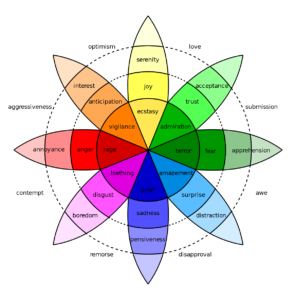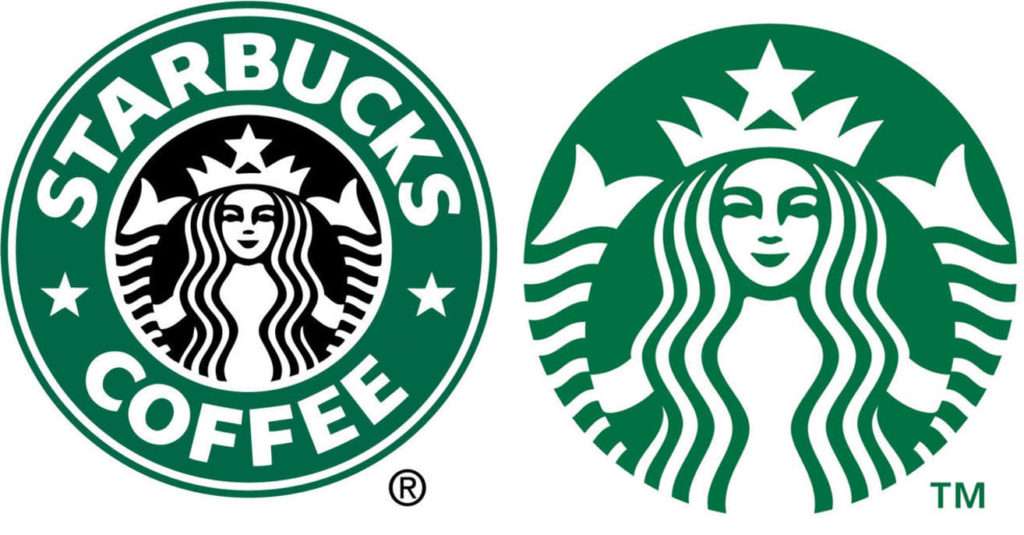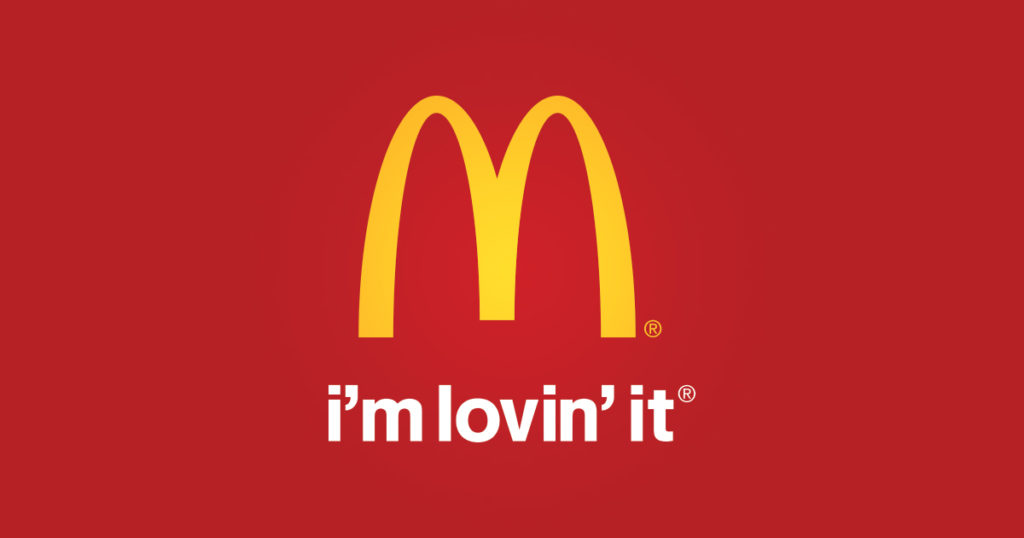5 Steps to Successful Emotional Marketing (With Examples)
Tom Fishburne once said: “The best marketing doesn’t feel like marketing.” Whether we like it or not, the fact is that we make first impressions in a matter of seconds. Our emotions influence the majority of the decision that we make. That doesn’t oppose the premise that we are logical beings. On the contrary; our emotions help us make sensible decisions more often than not. Our feelings are primal to us, and this is the reason why emotional marketing is considered to be so successful.
But what does that even mean?
Here’s a quick explanation on what emotional marketing actually is. The term is used for a specific type of advertising where the main goal is triggering an emotional response in audience/consumers. In exchange, they will notice, remember, and ultimately buy the product. You are making an emotional connection which makes the consumer loyal to your product. Emotional marketing is frequently not about the brand itself, but how it makes the audience feel.
In most cases, the advertisers aim for one emotion. It can be happiness, sadness, anger, or fear that will cause a reaction. Even though it may seem pretty easy, it isn’t always the case. However, there are 5 principles you should follow when it comes to emotional marketing.
1. Inspire
The first goal in emotional advertising is inspiring your audience. Inspire them to make a change. They should see it as you are offering a feeling they aspire to feel, and your product is the gateway to that feeling. It doesn’t necessarily need to be a direct link. The subconscious connection goes a long way.
Even the most adventurous types of people are not too crazy about changes. Familiar things offer security, and your goal is to get a new customer. That is why it is important that they feel inspired to make that change. When people feel inspired, they are much more open to new things.
2. Trigger the right emotion
The first step toward triggering the right emotion is knowing your audience. Who is it that you are targeting? Once you know who you are talking to, it is easier to develop the strategy of invoking the desired emotion. People that are not part of the same culture, age group, or gender may react differently to the same thing.

For example, this is a humorous depiction of what middle-aged women referred to as ‘moms-on-facebook’ find funny. Millenials do not find ‘minion memes’ funny at all, while the middle-aged women find it hilarious. If you want to make your audience laugh, first you need to know who your audience is.
Furthermore, you need to decide which emotion works best for your marketing strategies. It’s not the same if your emotional connection with your audience comes through happiness, sadness, fear, or something else. For instance, positive emotions will get you more likes and shares, while sadness will generate more clicks. Android launched a megapopular campaign with animals back in 2015. Their cute campaign made the customers smile and went viral.

As you can see, it all depends on what you want to achieve with your campaign. Once you figure that out, it is much easier to pick an emotion you’re going to go with. By targeting one emotion, you will often trigger some of the emotions that are linked to the primary one, making an even bigger impression.
3. Create a community
Making a strong emotional connection with your audience creates loyalty. People love feeling like they belong somewhere. That’s why there are countless organizations, groups, etc. You can give your audience the same feeling by creating a community around your product. Being a part of an important milestone is an excellent opportunity for that. When Starbucks turned 40, they launched a celebratory campaign and changed-up their logo.

Anniversary campaigns are a great opportunity to make the customers feel like they are a part of something.
Local campaigns will also give people a sense of togetherness. Promoting local values and making them feel special that they are part of that. Going local can imply a town, city, or even a country. It all depends on the brand and how big you want to go.
Campaigns that promote the values of some country are a big hit.
4. Tell a story
To make people feel invested, your brand should always tell a story. More often it’s about what your brand stands for than it is about the product itself. If your audience feels like you are about more than just selling yourself, that’s a big plus.
5. Mind the visuals
Of course, the visual aspect is critical. It’s one of the first things we notice, especially when creating the first impression. For example, colors play a significant role in this. Many brands have mastered color psychology in marketing. Even though we’re often not aware of it, colors have a substantial impact on how we perceive things. Each color makes people feel a certain way.
For example, red is linked to excitement, passion, encourages appetite, and so on. McDonald’s is a perfect example of a company that recognized the power of color and incorporated that into their image. Blue is associated with tranquility and reliability. It gives you a sense of security and stability. Oral-B is one of the companies that recognized blue as an ideal color for their brand.

When choosing a color, you want to go with, do thorough research. It’s more than just ‘what looks pretty.’ Even if your product is the premium quality, it will not matter if the aesthetic doesn’t match.
Yes, it can be very complex.
There are so many elements that make up successful emotional marketing. This is why it is important to do thorough research and strategize from the very beginning. And of course, always look into competition’s strategy. You can get inspiration, learn on their mistakes or simply see what worked for them. The road to success is always combining something new with something familiar.

